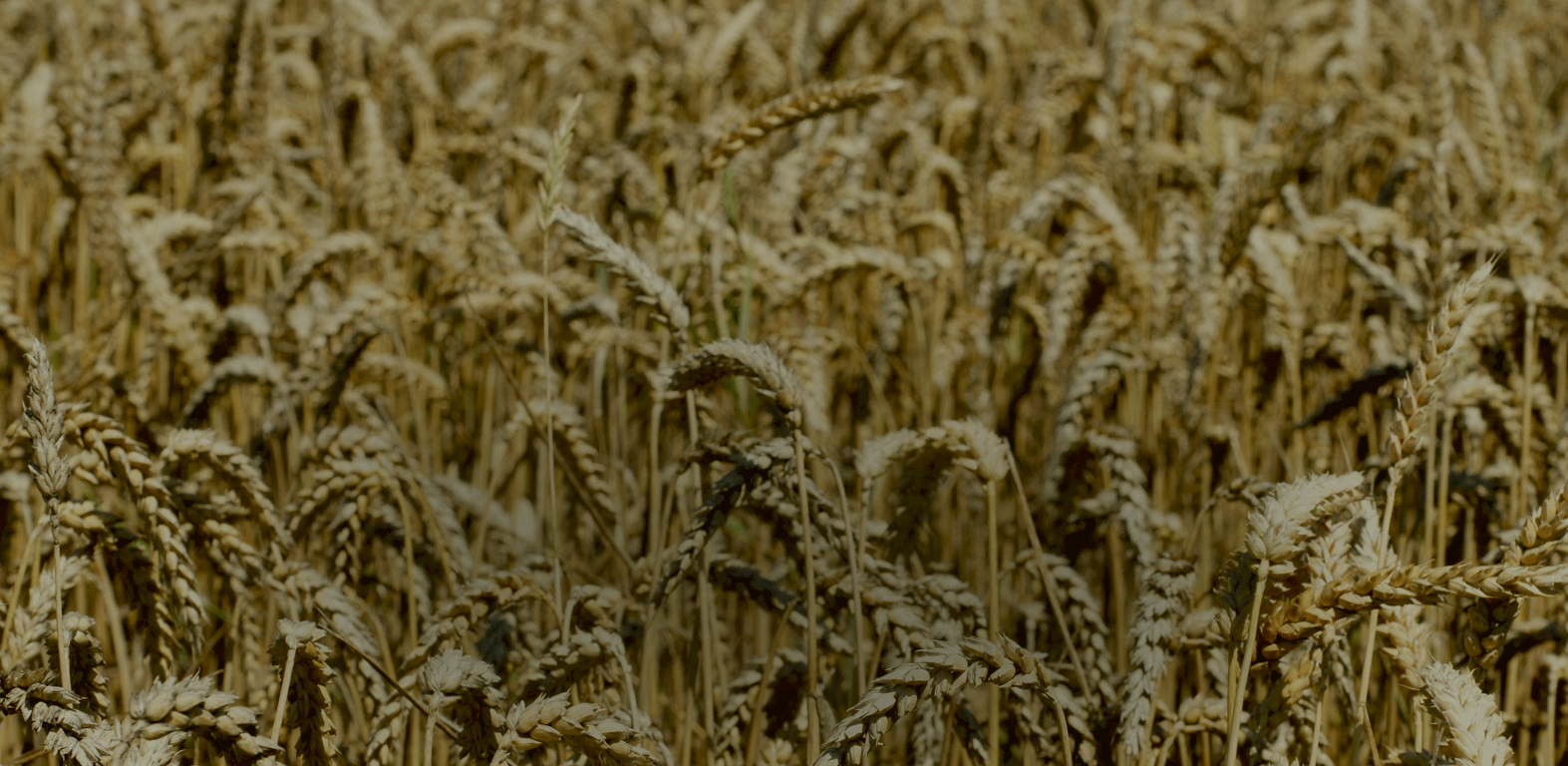Welcome to Jain Irrigation Systems Ltd.

Blog at Jains - The dam across river Girna
A simple Rs 10-crore project transforms farmers’ lives in eight villages in Jalgaon
I traveled to the Jalgaon-based Jain Irrigation Systems to assess first-hand its CSR track record and returned confused. What can you say about a company that selects to put away 22 precious acres for an international standard Gandhi Museum that will probably never breakeven but just needs to be done? What can you say about a company that has employed 40 sports trainers across 14 disciplines to train 450 children? What can you say about an organisation that has created a 1.5 acre school in the heart of the city to provide free education to 300 children from below-poverty-line families?
I will instead write on an initiative by Jain Irrigation to build a dam across the Girna River off Jalgaon. A backgrounder: the company emerged among the first in India to manufacture drip irrigation systems. To demonstrate the effectiveness of this forward-looking agricultural intervention, the company developed demonstration and R&D farms. During recent droughts in north Maharashtra, these farms would be water-starved even as much of the rain would drift from the Girna river downstream and be lost; the maximum height that the river reached was 15 feet for two months a year across a few hundred metres after which the level dipped. The drought affected the water quantum required for the company’s demo farm, R&D initiatives and food processing facility.
This is where the crunch lay: on the one hand, the company needed to grow its processing capacity in line with the prevailing economies of the day. On the other hand, the company needed a corresponding climatic insurance. When it came to climatic de-risking there were two issues: either Jain Irrigation could convince farmers within the region to maximize the use of whatever meagre rainfall came their way through an investment in drip irrigation or Jain Irrigation could take the lead in making an infrastructure investment that could ‘capture’ the regional precipitation for perennial use. The downside with the first suggestion was that farmers could have seen this as a disguised Jain Irrigation initiative to enhance revenue. The upside of the second proposal was that a one-time investment by the company would enrich the entire regional eco-system across eight villages and a corresponding population of 16,000.
So finally, Jain Irrigations took the more expensive call. The company entered into a pioneering public-private partnership (first within its space in Maharashtra) to create infrastructure for regional benefit without engaging in unending land acquisition and government clearances. The dam (inaugurated in October 2013) has already proved a game-changer.
One, the company commissioned the project at half the usual cost and a fourth of the prevailing time using captive competencies. As a result, the aggregate regional benefits derived from the dam have probably been more than recovered within a year of commissioning. For its part, Jain Irrigation (statutorily entitled to 50 per cent of the pooled water) estimates a three-year payback on its books only from the water arbitrage opportunity (not counting enhanced yields).
Two, the dam did not submerge even one square foot of peripheral farm area as was generally feared, stealing the thunder from environmentalists waiting in the wings.
Three, the dam has helped enrich 4,000 acres and nearly 1,200 hinterland families, most of whom are mid-level farmers (two to 12 acres per holding on average).
I spoke to three such farmers who indicated that their lives have been more dramatically transformed in the last year than in the previous decades.
Kiran Patil indicated that his cropping has evolved from the usual makka-jowar-kapaas formula to lime-banana-onion seed; what used to earlier be a 50 per cent crop coverage of his farm is now 100 per cent following enhanced water availability. Result: his income per acre has risen 30 per cent in the first year of the dam’s delivery.
Farmer Vilas Patil explained how he has extended from one seasonal picking of cotton to two; he increased his take by four cotton quintals per acre. Result: farms that were traded at Rs 2 lakh per bigha in the pre-dam period are now being re-rated at Rs 25 lakh per bigha. But no one wants to sell now.
Sarpanch Vinay Patil indicated how the dam has already started raising the level of water (metaphorically) across the region. For one, labourers were employed for all 12 months this year as against the usual eight; women labourers were paid Rs 120 a day, against Rs 80 a day just a couple of years ago; the illegal sand mining industry along the river bank is history.
The one line that sticks in my mind is this: the project, with an operating life of more than 100 years, is expected to pay back more than 100 times over in projected visible benefits across the century without counting invisible benefits, reverse migration and increased economic consumption.
If this is what a spending of less than Rs 10 crore can do in one region, then it might be pertinent to ask what happens to the thousands of crores allocated across our vast country under the name of development.


